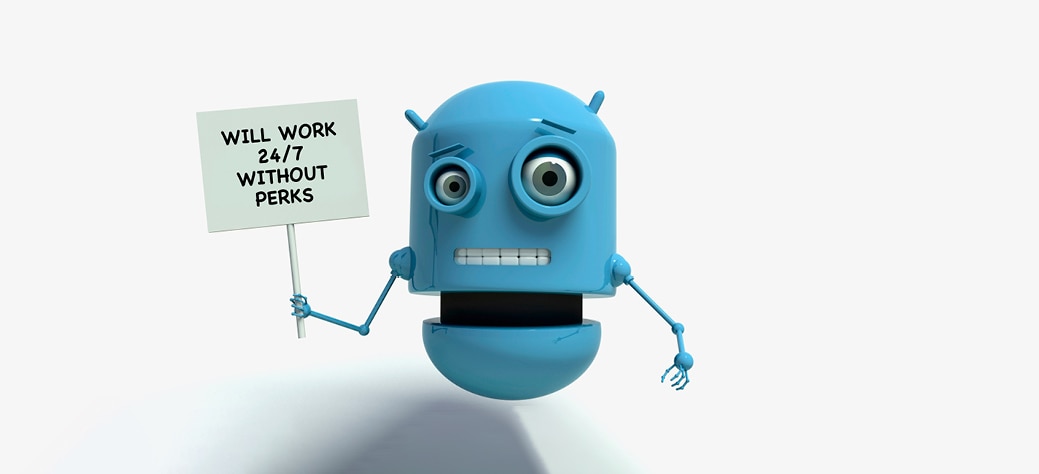
Change is necessary for progress, but with it comes risk. Winston Churchill once commented “if you don’t take change by the hand, it will take you by the throat.” The opportunities and risks multiply in our era of rapid change, driven by a hyper connected and digitizing world that is too fast for many.
When Citi and the Oxford Martin School co-wrote the first Technology at Work Citi GPS report in 2015 it highlighted how technology, including automation, robotics, digitization and AI, was sweeping through many industries, but with it came a growing risk to jobs — Carl Benedikt Frey and Michael Osborne’s analysis at the Oxford Martin School highlighted that 47% of U.S. employment was susceptible to automation and has been called one of the most influential studies of our time. By the time Technology at Work 2 had been written in 2016, we (together with the World Bank) identified employment risks averaged 57% in the OECD, including India at 69% and China at 77%. Many articles and books since than have warned about this growing threat and it’s easy to see automation impacting jobs all around us, yet a decade on from the Great Financial Crisis we have record high employment levels across many OECD countries. So is the fear over-hyped? As the next generation prepares to enter the world of work, are there also big employment opportunities to offset the risks?
As Carl explains in the first chapter of this report, while history has shown progress creates as well as destroys jobs, the process can be very difficult for large parts of society for a very long time. Carl tackles this with great insight in his new book The Technology Trap: Capital, Labor, and Power in the Age of Automation. An additional problem during technological revolutions is it can be easier to see risks to current jobs than to predict jobs yet to be invented. This report is designed to help provide a clearer vision of what could be an uncertain employment future. On a sector and economy basis, Citi experts, whose job it is to help investors predict and influence the future, provide their thoughts on the job and skill trends ahead and on changes, risks, and opportunities.
Chapter 3 provides a unique collection of advice. We borrow from Isaac Newton “If I have seen further than others, it is by standing upon the shoulders of giants.” What better way to be informed about what the future will look like than hear from some of the leaders who are inventing it. This includes: 12 CEOs from around the world; several experts on innovation; the U.K. MP for Skills and Apprenticeships; one of the leading educators in China; the former Minister for Universities and Science in the U.K.; the former Treasury Secretary of the U.S. and other leading economists; leaders of foundations; experts in diversity and inclusion; and several authors of related books on this topic. We are extremely grateful to this extraordinary group of experts who have provided their wisdom because they care about helping the next generation and finding solutions. The other good news is that plenty of solutions do exist, unlike the first industrial revolution, most people now have the ability to vote for the society they want to live in.
Since the industrial revolution, GDP has risen over 100 fold and innovation has brought huge progress in health, prosperity, and betterment of life. In a 2016 survey, we found 76% of investors surveyed described themselves at techno-optimists, but many were also understandably techno-anxious in this era of disruptive innovation. The report is designed to either dig into or dip into, with a simple aim to help to take ‘change by the hand’ and find tailwinds to make your journey easier in the future of work.


